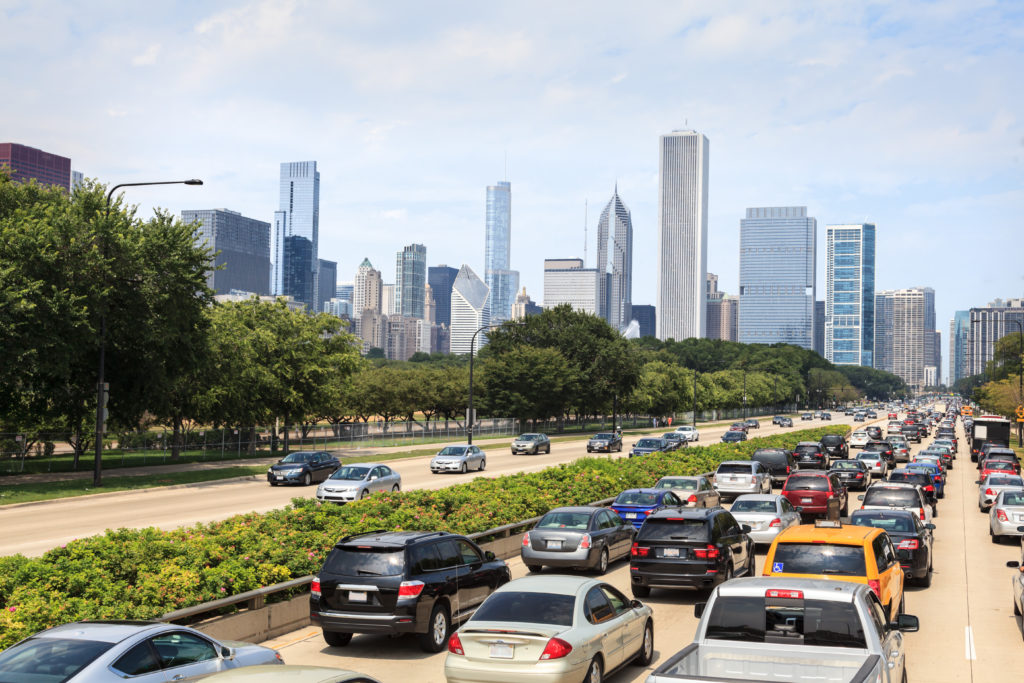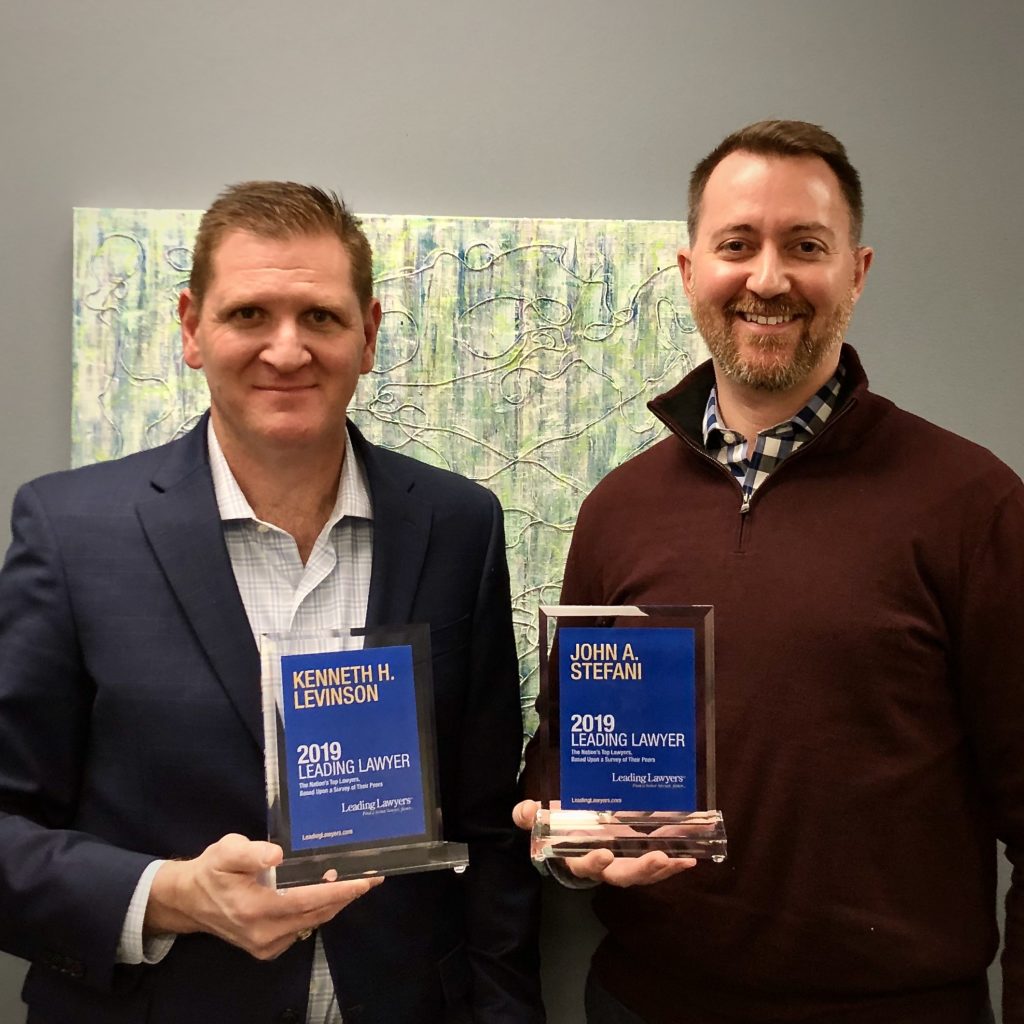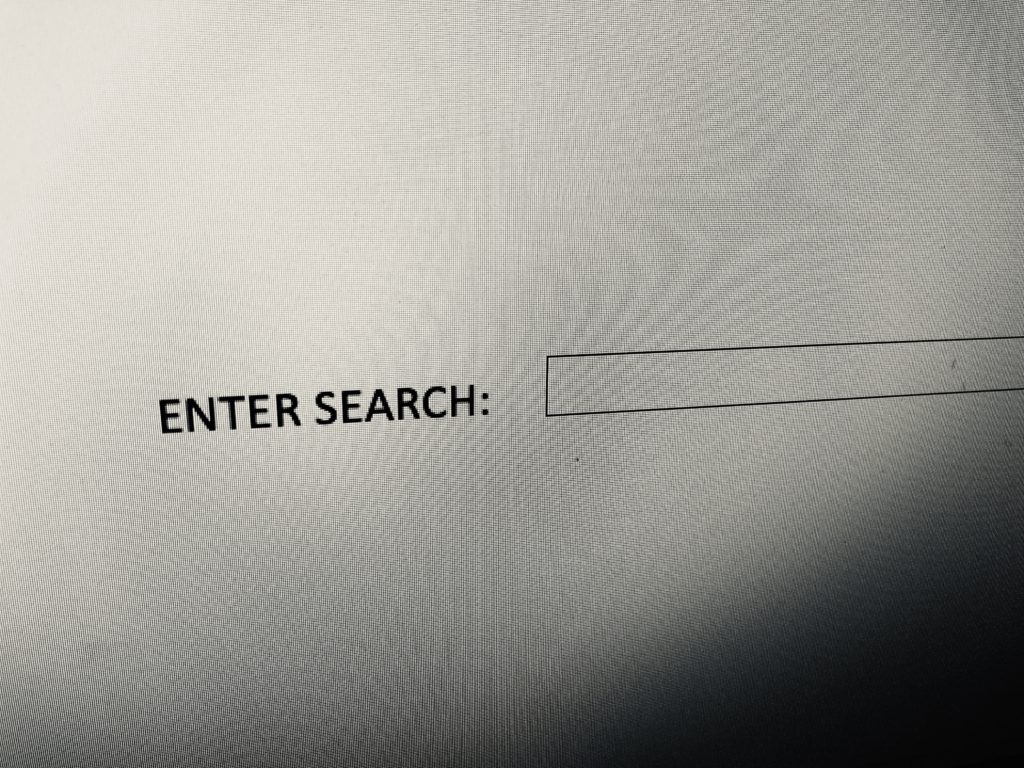
This week, Levinson and Stefani is proud to celebrate Dan as it marks his first year as an associate at the firm. Dan has been an integral part since the day he arrived. Anyone who meets Dan will agree that he’s incredibly hard-working and brilliant at what he does. Dan also has a special talent for making everyone in the office laugh with many of his hilarious quips.
As founding partner Ken Levinson has said, “Having Dan join the team was one of the best decisions we’ve ever made.” Ken has actually known Dan for almost a decade, with their first meeting happening back in 2010, when Ken was a speaker at a continuing legal education, or CLE, seminar for newly admitted attorneys. That day, Dan came up to introduce himself after Ken’s presentation. Ken and Dan had kept in touch ever since. When the opportunity arose, Dan was the first person Ken thought of who would be a perfection addition to the firm.
We can think of no other person who would fit in as well as Dan has with the Levinson and Stefani team. This past year has been such a joy thanks to Dan. His tireless efforts to help our clients’ cases is something that is truly admirable. We look forward to celebrating many more years of appreciating Dan.




